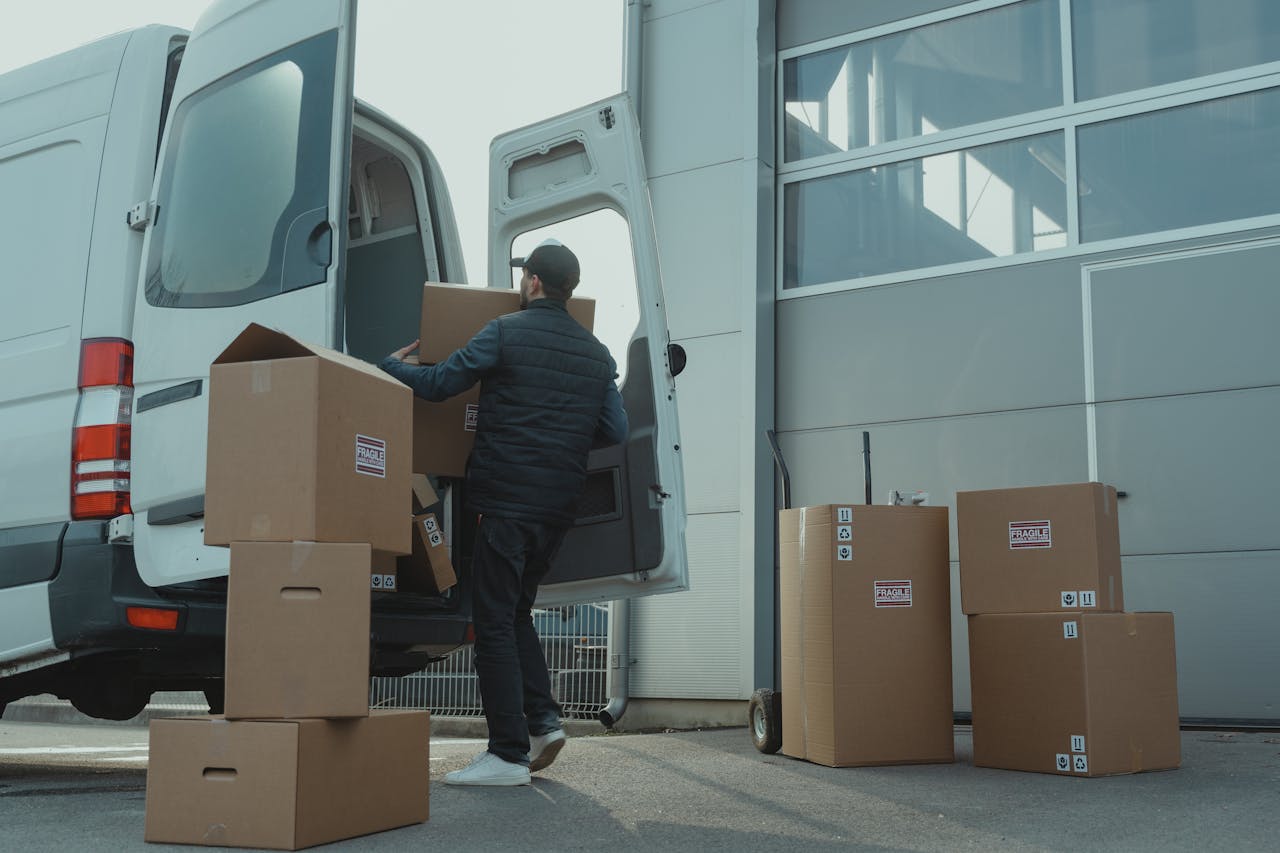Now Reading: Why Black Box Data Matters in Delivery Truck Accidents
-
01
Why Black Box Data Matters in Delivery Truck Accidents

Why Black Box Data Matters in Delivery Truck Accidents
Delivery trucks move on tight schedules, with heavy loads, and complex routes. When a crash happens, stories clash, and memory blurs. Black box data, also called event data recorder or telematics logs, cuts through noise. It timestamps speed, braking, throttle, and steering inputs. It can flag hours of service issues and sudden decelerations. It syncs with GPS and camera footage. Most importantly, it anchors claims to physics, not opinions. Here is why that data matters, and how to protect it before it disappears.
1. It preserves the facts you need fast
Right after a wreck, evidence scatters. Companies start internal reviews, trucks get repaired or placed back in service, and telematics servers overwrite older logs. Send a preservation letter early, and make sure to secure the black box, hard drives, and cloud credentials.
A UPS truck accident attorney in Denver knows which systems to freeze and who to notify. This speed protects claims. It also stops arguments about what data exists and who controls it.
2. It shows the driver’s decisions in real time
Black box data reconstructs what the driver did, second by second. It shows speed before impact, brake pressure, and following distance, if paired with radar. It also shows lane departures and cruise control use. If the driver braked late, the chart shows it. If speed crept over limits on a downhill, the slope and velocity curve make that plain. This turns guesswork into a timeline. It also helps separate human error from mechanical trouble.
3. It links company policies to the outcome
Delivery fleets set targets for routes, stops, and on-time rates. These metrics can push risky behavior. Telematics tracks harsh events and coaching alerts. If alerts are fired all week with no action, that is a pattern. If dispatch pushes unrealistic windows, GPS timestamps tell the story. Training logs, prior incidents, and maintenance flags add context. Together, they show whether the company set drivers up for safe choices or stacked the deck.
4. It quantifies forces that cause injury
Injury value often hinges on energy and force, and data helps to model both. Speed and deceleration estimate delta V, and ABS events show traction loss. Additionally, impact angles explain neck and back trauma.
If cargo weight data is available, mass improves the model. Medical experts can match symptoms to forces, which makes causation clearer. It also challenges claims that a crash was minor when the numbers say otherwise.
5. It strengthens negotiations and trial strategy
Insurers move when the proof is organized, specific, and hard to dispute. Black box data builds that proof. Charts, maps, and synced video speak plainly to juries. Data also exposes defenses early. If logs show near continuous duty cycles, fatigue becomes central. If maintenance codes preceded brake fade, repairs move to the front. Strong data narrows issues, shortens discovery, and improves settlement posture. If a case goes to trial, the visual story is already built.
Endnote
Move early to preserve all black box sources. Ask who owns each dataset, and when it overwrites. Request raw formats, not screenshots, so that experts can validate fields. Pair telematics with photos, scene measurements, and medical records. You should also keep a clean chain of custody.
When physics tells the story, claims become clearer, fairer, and faster. Requests should be specific and dated. In delivery truck cases, that edge can decide liability, causation, and value for the people who were hurt.










